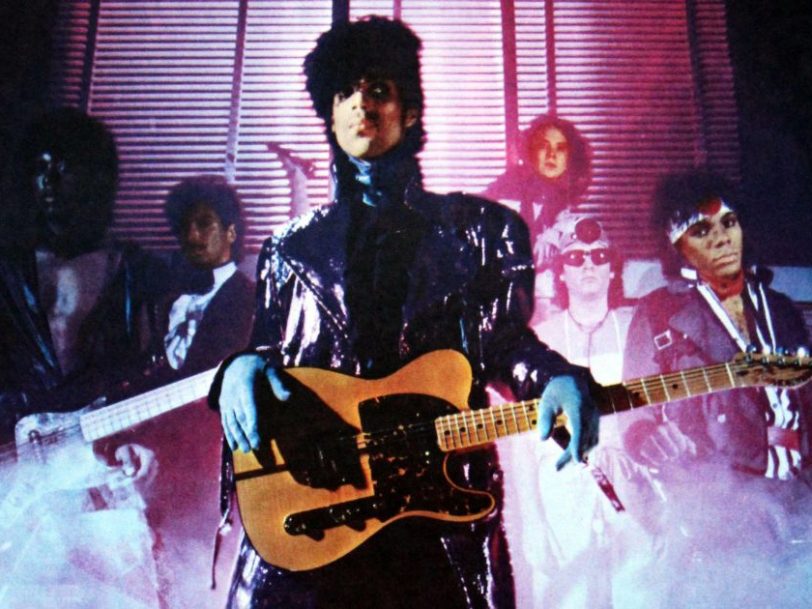By the time Prince released Little Red Corvette in February 1983, he was on the verge of his long-awaited breakthrough into the pop mainstream. The second single to be lifted from his 1999 album, it was the first of his songs to perform better on the Billboard Hot 100 than on the Black Singles chart, and his first single to enter the US Top 10. From the car that inspired it, to the sexual intrigue that tweaked the public’s imagination, this is the story of how Prince rode his Little Red Corvette to success.
Listen to the best of Prince here.
The inspiration: “Prince was always borrowing my car because it was awesome”
Like many songs in a long lineage of rock and pop tunes in which automobiles provide a metaphor for sex, Little Red Corvette was inspired by an actual car – though it wasn’t red, and neither was it a Corvette, as Prince’s then keyboardist Lisa Coleman revealed to the BBC in 2019.
“Prince was always borrowing my car because it was awesome,” she said – so awesome, in fact, that she still owns it today. Prince himself had actually helped Coleman buy the pink and white 1964 Mercury Montclair Marauder at an auction in 1980, the same year that he released his Dirty Mind album – and the dirty mind at work behind that record was spurred into action while Prince spent an evening in the back of Coleman’s “perfect cruise-mobile”.
Writing in the liner notes to Prince’s 1993 hits collection, The Hits/The B-Sides, Alan Leeds, Prince’s former tour manager and one-time president of Paisley Park Records, said that Prince “wrote the clever song while nodding off” in the back seat of the Mercury Marauder “following an exhausting all-night recording session. The lyrics came to him in pieces as he’d jot something to memory in between catnaps.”
Coleman, however, believes a different kind of nocturnal activity truly inspired Little Red Corvette.
“He was ‘sleeping’ with someone we knew called Denise Matthews” – better known as Vanity, the frontwoman of one of Prince’s side-project bands, Vanity 6 – “and she was ‘sleeping’ in the back of the car, too,” Coleman told the BBC. “So I imagine they were making out, or doing whatever, in the back seat and they probably had a wonderful moment of afterglow, which is when he got the seed of the idea.”
Don Batts, one of Prince’s studio engineers at the time, has suggested that another member of Prince’s entourage could also have come to mind, noting that his then personal assistant, Jamie Shoop, “had the looks and the Corvette, while I was the definite ‘motorhead’, deep into professional racing”. But Coleman recalled discovering physical evidence of Vanity’s involvement in the song’s creation: “I even found some of her hair wrapped around the handle that winds the window down.”




